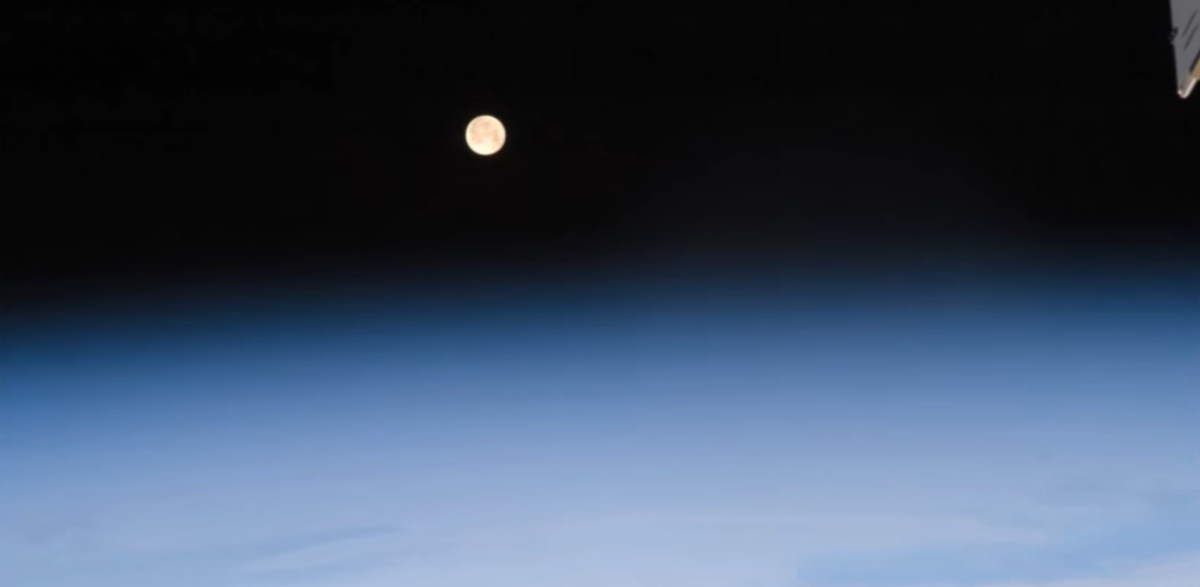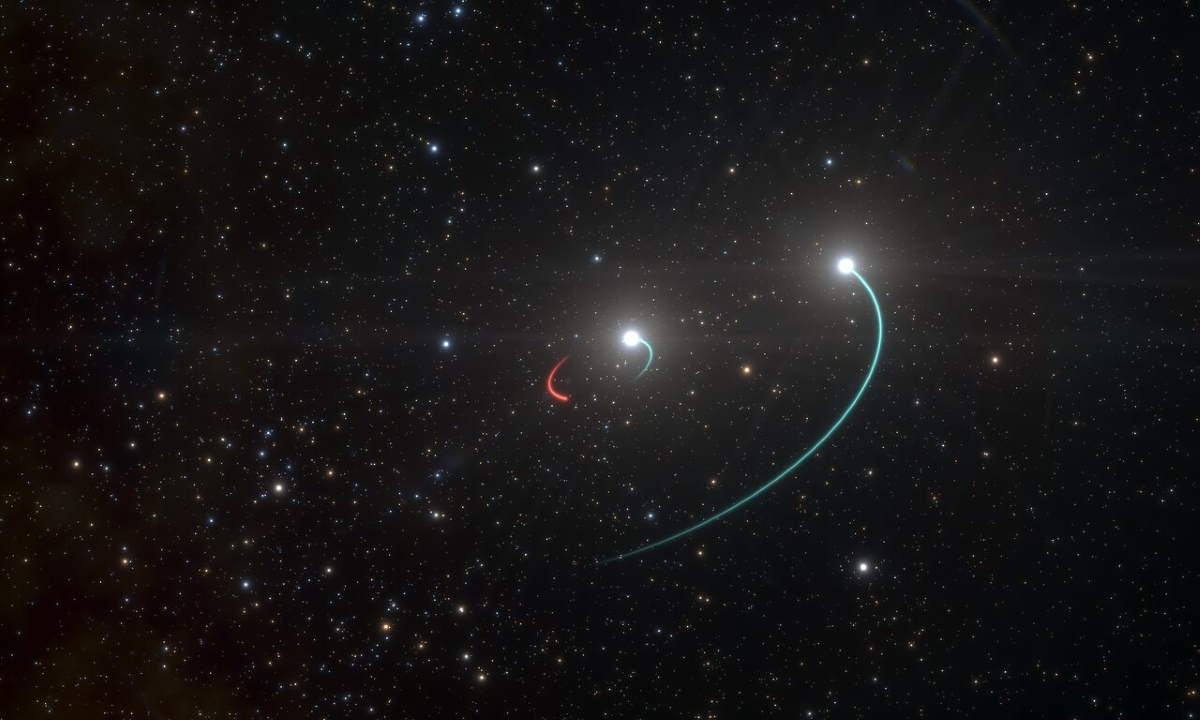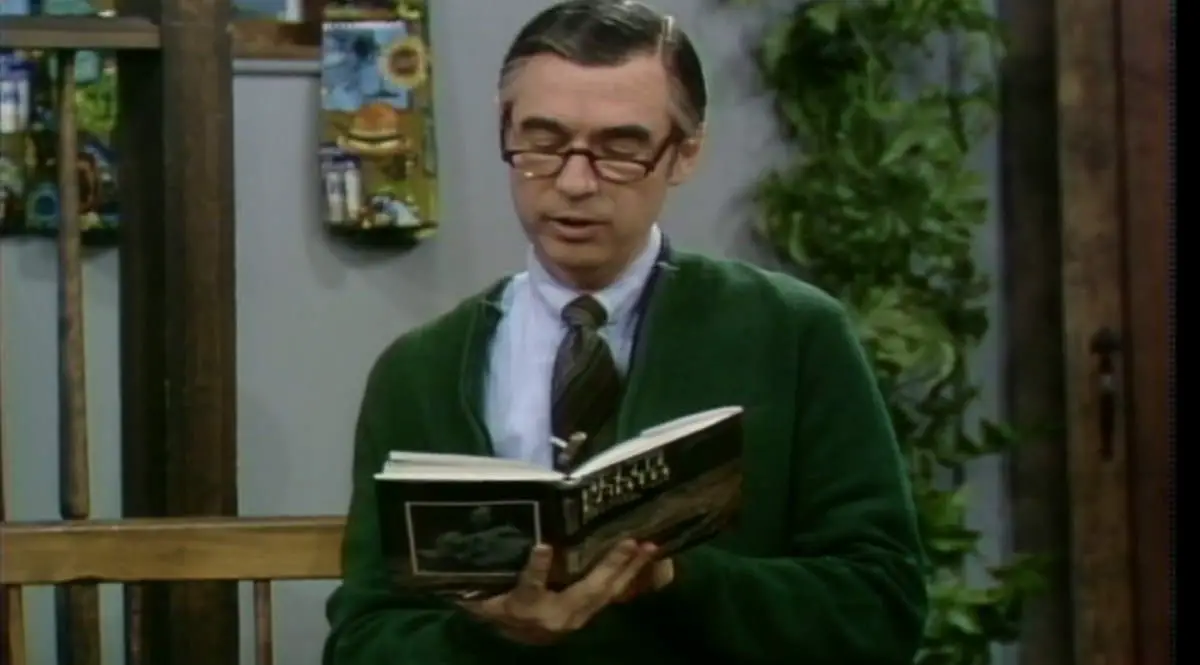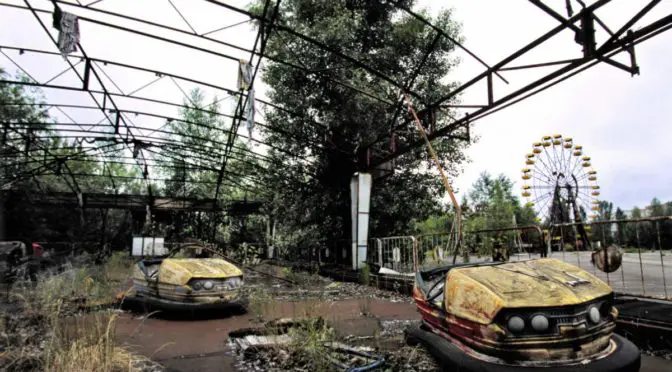This short video titled “how orbits work” beautifully explains what is an orbit and what you should do to enter into a stable one around Earth, or any other celestial body.


This short video titled “how orbits work” beautifully explains what is an orbit and what you should do to enter into a stable one around Earth, or any other celestial body.

On January 9, 2012, astronauts aboard the International Space Station (ISS) took this amazing footage of the orbital moonset.

Well, of course, you cannot see a black hole – but the newly discovered one has two stars orbiting it, and you can see these companion stars even with the naked eye from Earth. The triple system is named HR 6819. Named QV Tel Ab, the inner component of the system is the closest black hole to Earth.
The system appears as a variable star that is dimly visible to the naked eye.

The American television personality, musician, puppeteer, writer, and producer “Mister” Fred Rogers (Fred McFeely Rogers, March 20, 1928 – February 27, 2003) reads some of Apollo 15 Astronaut Al Worden’s space poems at his TV show “Mister Rogers’ Neighborhood”, which ran from 1968 to 2001.

Will our species go extinct? The short answer is yes. The fossil record shows everything goes extinct, eventually. Almost all species that ever lived, over 99.9%, are extinct.
Some left descendants. Most – plesiosaurs, trilobites, Brontosaurus – didn’t. That’s also true of other human species. Neanderthals, Denisovans, H. erectus all vanished, leaving just H. sapiens. Humans are inevitably heading for extinction. The question isn’t whether we go extinct, but when.

Whether it’s gorging on junk food, smoking cigarettes, or binge-watching Netflix in lieu of exercise, bad habits are just part of the human experience. But what is it about negative behaviors, products, and lifestyle choices that make them so attractive? And why are they so addicting?

This awesome map, using imagery taken by NASA’s Lunar Reconnaissance Orbiter (LRO), enables us to explore Moon within our browsers.

All stars emit varying amounts of light over time – and the Sun is no exception. Such changes in starlight can help us understand how habitable any planets around other stars are – a very active star may bombard its planets with harmful radiation. Now a new study, published in Science, shows that the Sun is significantly less active than other, similar stars.

Robert Frost, a NASA employee, has shut down a conspiracy theorist on the popular question-answer site Quora. He perfectly explained how NASA sends probes and rovers to Mars. I wanted to share it here because his answer is so informative and enlightening.

European Space Agency (ESA) published an amazing photo of the Namib Desert from space, taken by the Copernicus Sentinel-2 Earth Observation mission on October 27, 2019.